What We Do
Innovating Border Transportation with Cutting-Edge Technology
We develop and deploy technology-driven solutions — like artificial intelligence, satellite imaging and real-time data systems — to improve mobility, safety and efficiency at international border crossings. Our work supports faster, more secure movement of people and goods across the U.S.–Mexico border, with scalable applications across the nation.
Modeling the Future of Transportation
Our Multi-Resolution Modeling program uses advanced simulation tools to forecast the impacts of new technologies, infrastructure, and policies. From connected vehicles to emergency evacuations, we build layered models to help agencies make better, faster and more resilient transportation decisions.
Driving Implementation through Research and Partnerships
We partner with local, state, federal, and international agencies to turn research into results. Whether it’s optimizing a port of entry or evaluating the cost of infrastructure failures, our hands-on work brings evidence-based solutions directly into the field.
Empowering Communities through Data
We use crowdsourced, location-based and connected vehicle data to better understand mobility patterns across international borders. This helps shape policies and investments that advance transportation efficiency and economic opportunity.
Financing and Funding Smarter Infrastructure
Our team pioneers methods that help communities fund transportation improvements through value capture strategies such as Transportation Reinvestment Zones and Tax Increment Financing. We’ve trained agencies across the nation and developed advanced financial models that link transportation investments to long-term economic development returns.
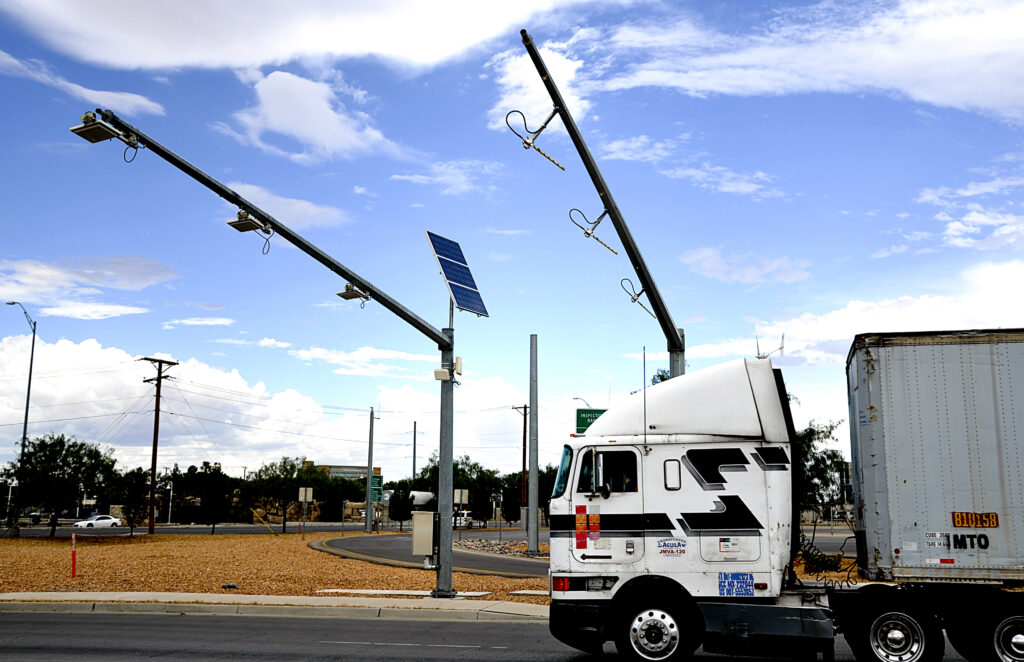
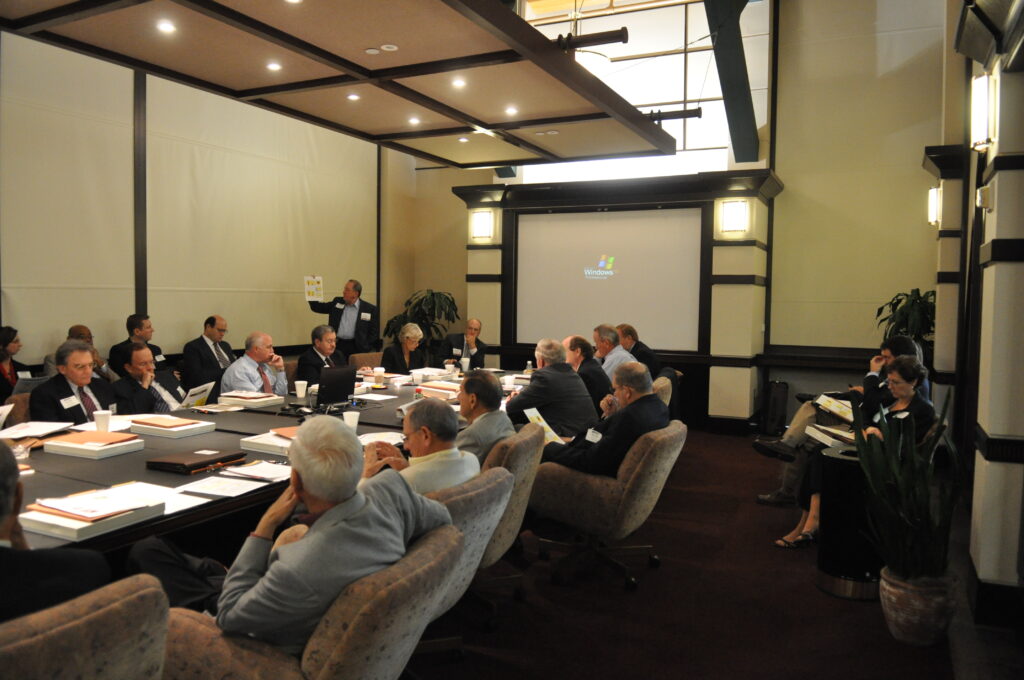

Our Focus Areas
Border Transportation Innovation
Advancing mobility, safety, and data-driven operations at U.S.–Mexico border crossings through smart infrastructure, real-time data and AI-powered tools.
Multi-Resolution Simulation and Modeling
Using layered simulation tools to evaluate transportation systems under complex conditions — from daily commutes to extreme events.
Research Implementation and Public Partnerships
Delivering applied research and technology transfer to communities through close collaboration with public agencies and decision-makers.
Community-Centered Mobility Solutions
We analyze regional travel patterns and user behaviors to help agencies design transportation systems that meet the needs of all communities — urban, rural, and cross-border — through data-driven planning and inclusive decision support.
Innovative Infrastructure Financing and Funding
We develop and apply value capture and other innovative funding tools to help communities and agencies finance critical transportation infrastructure.
Our Work
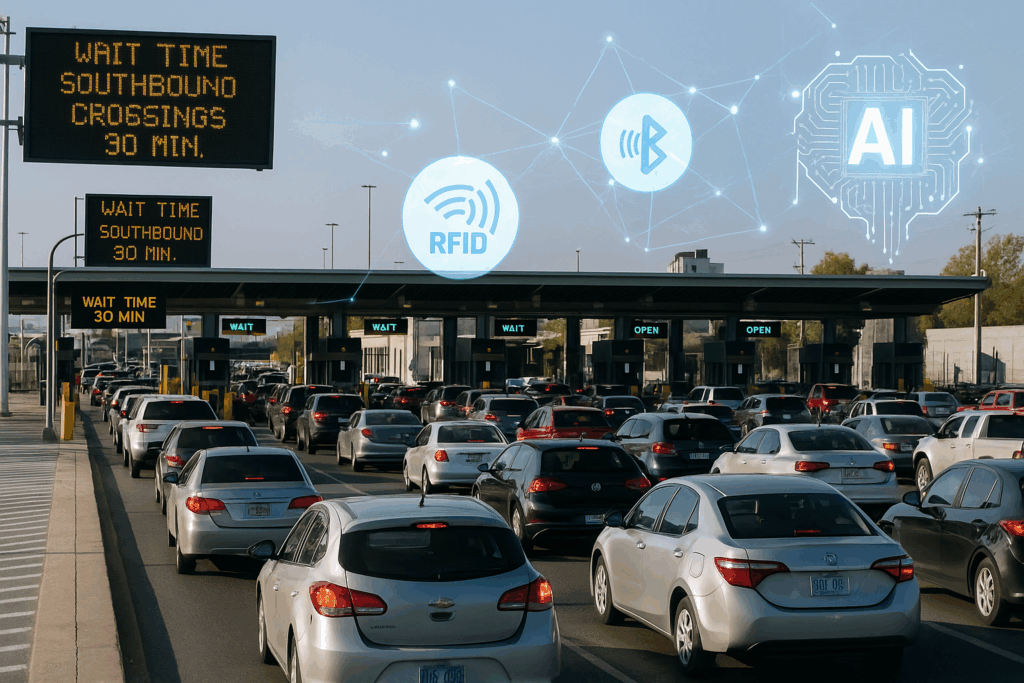
Southbound Border Crossing Information System (BCIS) with AI Integration
Funded by the City of El Paso through a Texas Department of Transportation (TxDOT) interagency cooperation contract (IAC), this project developed and deployed an innovative traveler information system for southbound border crossings. Using artificial intelligence (AI), radio-frequency identification, Bluetooth and dynamic message signs, the system provides real-time data to improve mobility, reduce emissions, and support binational coordination. It represents one of the first U.S. deployments of a fully integrated smart border infrastructure system and is now being evaluated for statewide scaling.
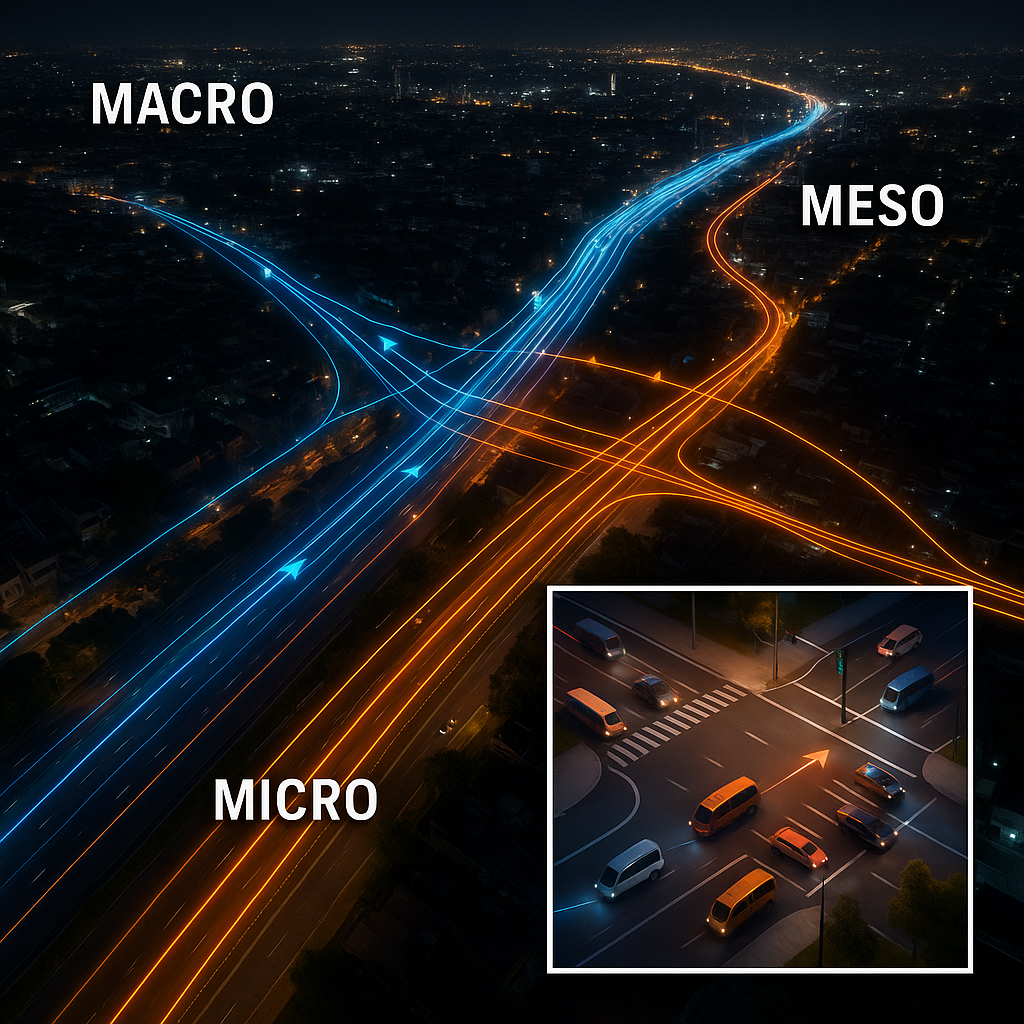
Multi-Resolution Modeling to Support Resilience and Border Freight Operations
Through advanced Multi-Resolution Modeling (MRM), this project assessed the impacts of extreme events — like the closure of major interchanges and ports of entry — on freight and passenger flows in the El Paso-Juárez region. Funded by federal and state partners, including Department of Energy and TxDOT, the work supports infrastructure investment planning and resiliency strategies. It has positioned TTI as a national leader in high-fidelity traffic simulation for complex binational networks.
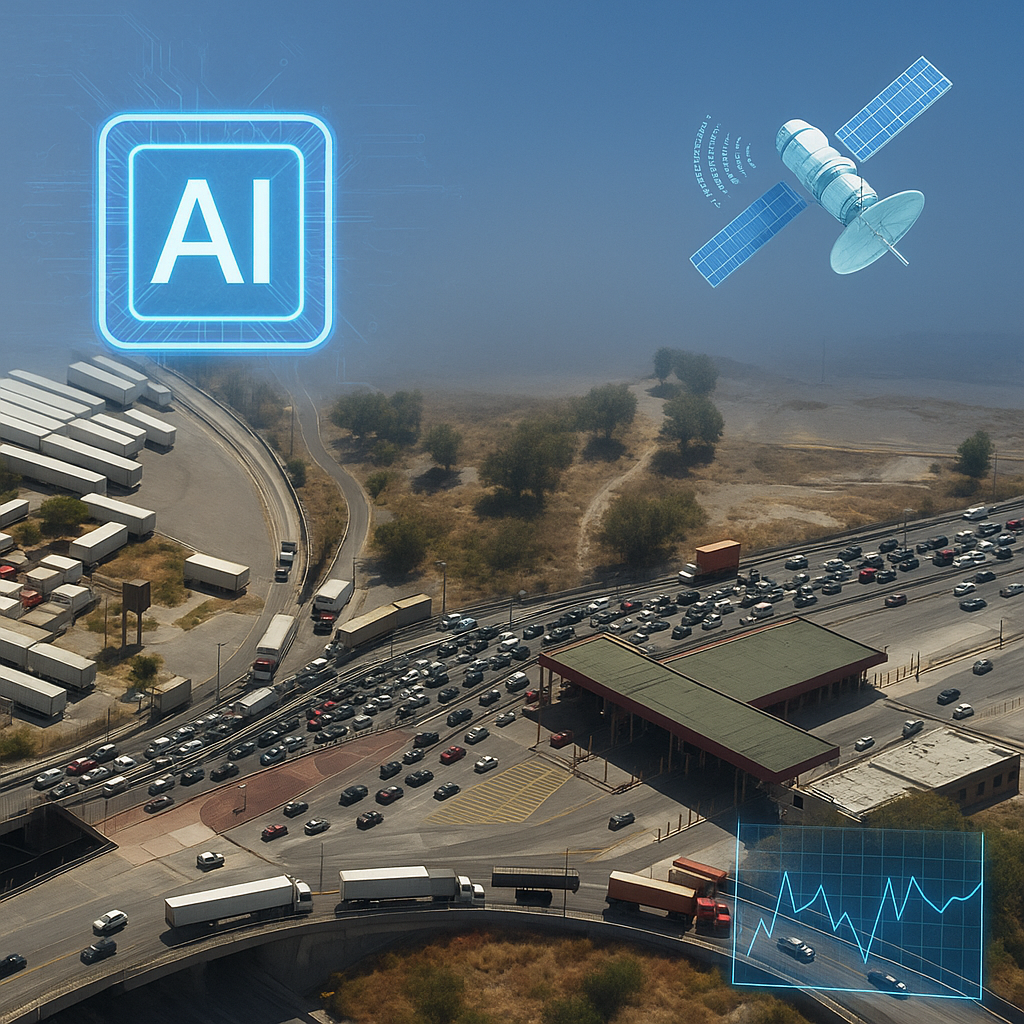
Cross-Border AI-Powered Wait Time Estimation and Prediction
This project evaluates advanced technologies for measuring and predicting wait times at U.S.–Mexico land border crossings. By applying machine learning to data from LiDAR, CV data and drones, the project is developing scalable tools for federal and local agencies to optimize operations and reduce delays at key trade gateways.
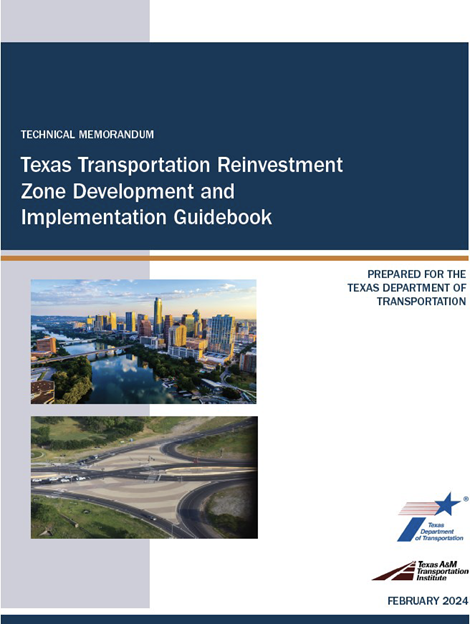
Texas Transportation Reinvestment Zone (TRZ) Guidebook and Training Series
This statewide initiative, funded by TxDOT’s Project Finance Division, updated and modernized the TRZ Guidebook to support local governments in leveraging value capture strategies for transportation funding. The project included a series of webinars and workshops for municipalities, metropolitan planning organizations (MPOs) and TxDOT districts, expanding the reach of value capture tools like TRZs, Tax Increment Financing and Joint Development in Texas and beyond.
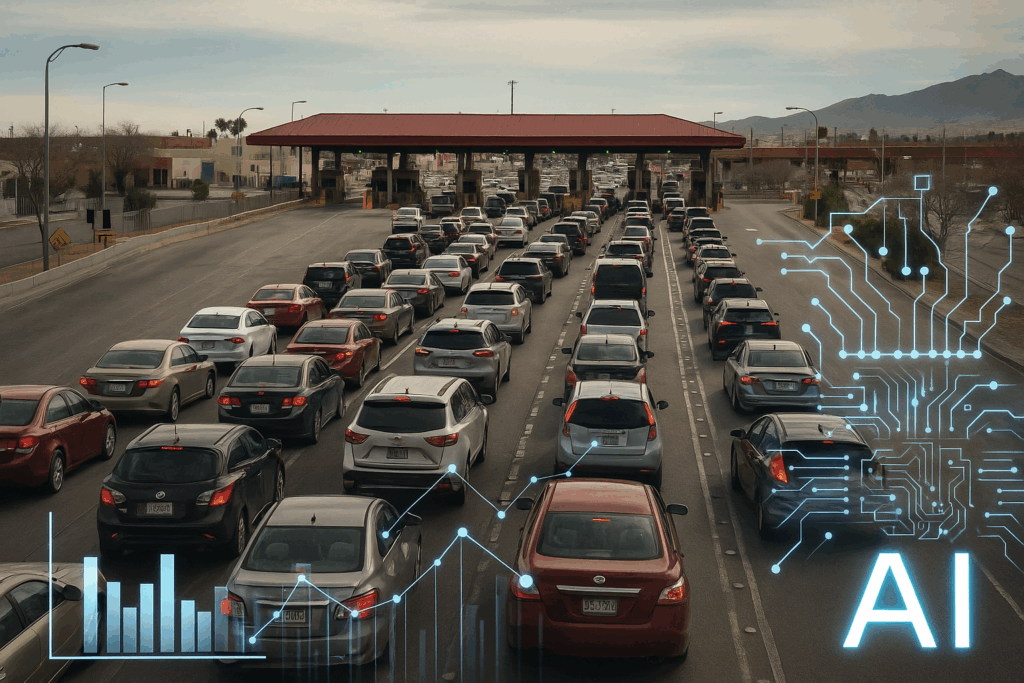
Infrastructureless Wait Time Estimation at Border Crossings
This Center for International Intelligent Transportation Research-led effort developed a first-of-its-kind methodology to estimate real-time border wait times without relying on fixed roadside infrastructure. By fusing publicly available data from U.S. and Mexican sources with AI-based prediction models, the system offers a scalable, low-cost alternative for agencies with limited sensor coverage. This approach is helping shape the next generation of border mobility strategies.
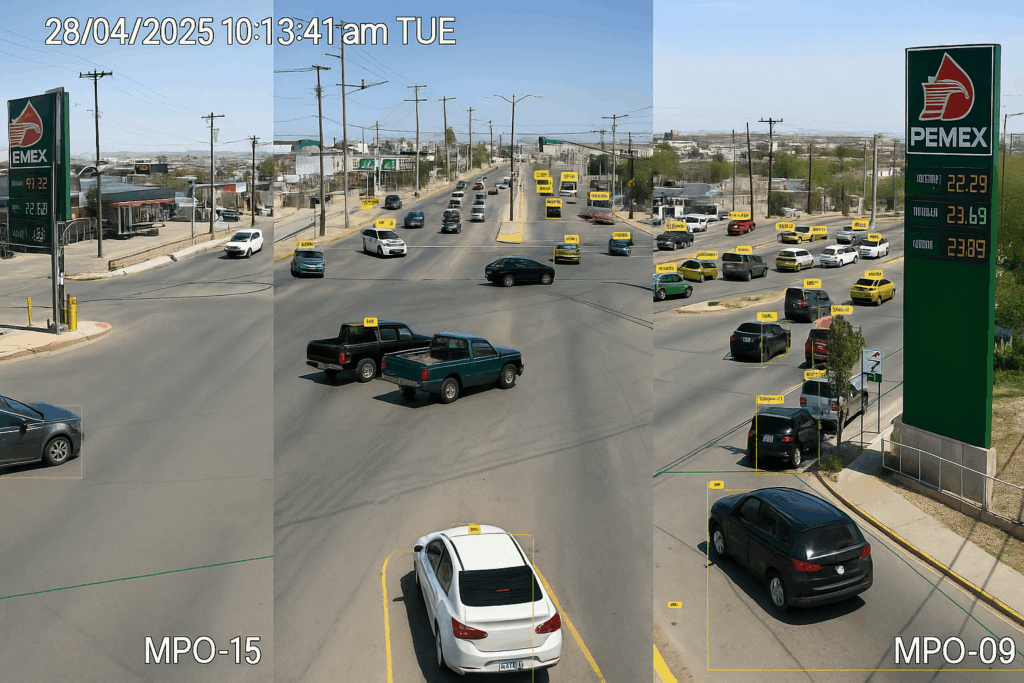
Portable Traffic Monitoring with Machine Learning in Ciudad Juárez
Funded by the El Paso MPO, this binational project deploys solar-powered cameras and machine learning to monitor vehicle flows at key intersections in Ciudad Juárez. TTI’s system captures continuous, high-quality data on cars, buses, and trucks for up to 13 days — supporting travel demand model calibration and emissions estimates for U.S.–Mexico border crossings. The initiative includes training for the Ciudad Juárez MPO (Instituto Municipal de Investigacion y Planeacion) staff and enables low-cost, high-precision monitoring that informs regional planning and cross-border mobility management.
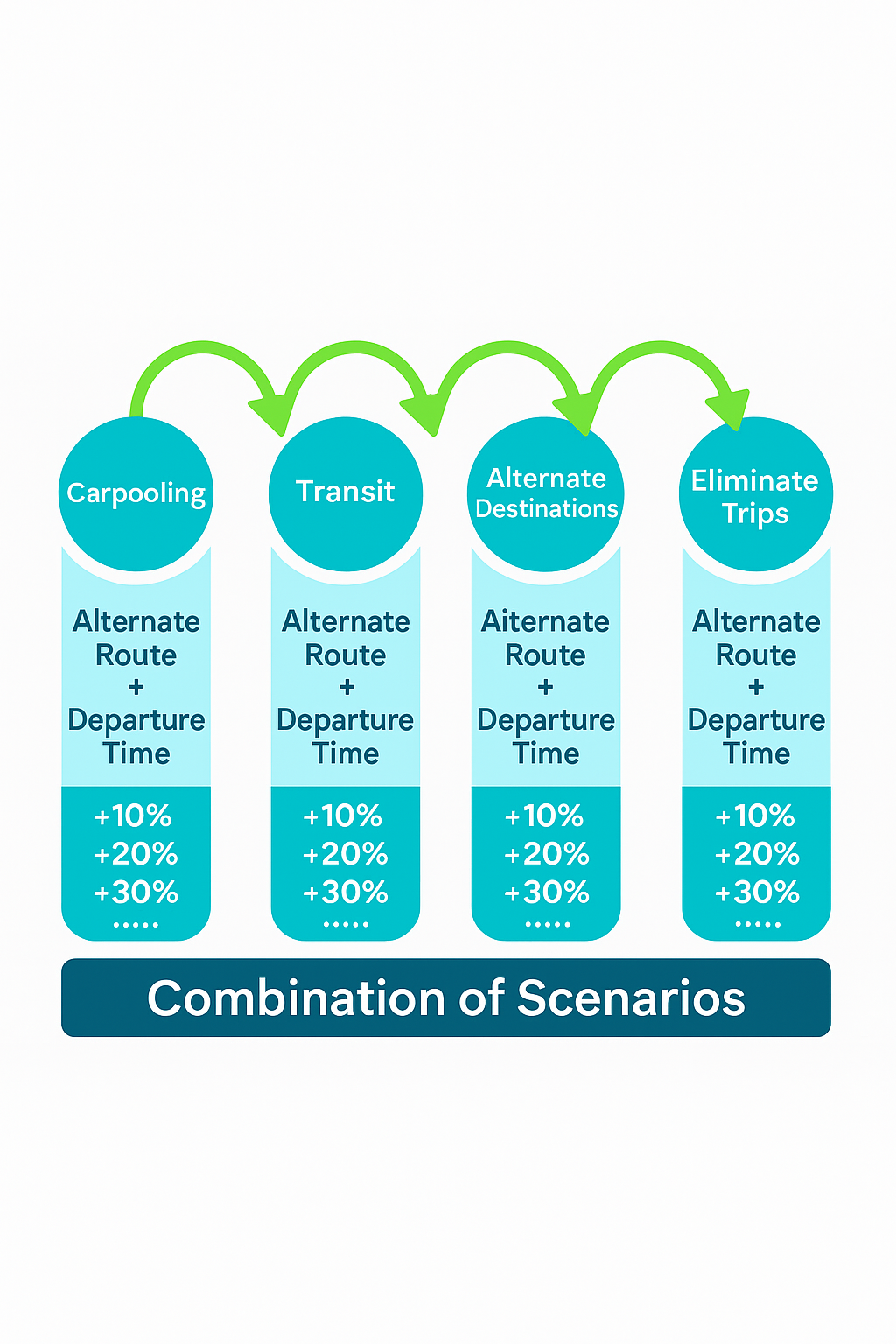
Connected Traveler and Behavioral Response Architecture
The project leveraged existing demographic and transportation data from a U.S. urban area as a testing ground for strategies aimed at reducing energy use. To encourage travelers to choose more energy-efficient routes, the control system incorporated algorithms that learned user preferences, personalized travel suggestions and determined individual incentives that promoted energy-saving behavior. The Connected Traveler framework provided both local transportation agencies and individual users with a tool to make travel choices that optimized the trade-off between service quality and energy efficiency. TTI utilized simulation-based modeling to determine the regional impact of traffic diversion and staggered departure times.
Funded by the U.S. Department of Energy, this project developed a traveler-centric framework that uses wireless signals and behavioral nudges to optimize individual and system-wide travel decisions. From rideshare and transit mode shifts to trip timing adjustments, this research advances energy-efficient, user-responsive transportation systems and showcases the El Paso office’s leadership in dynamic mobility management.
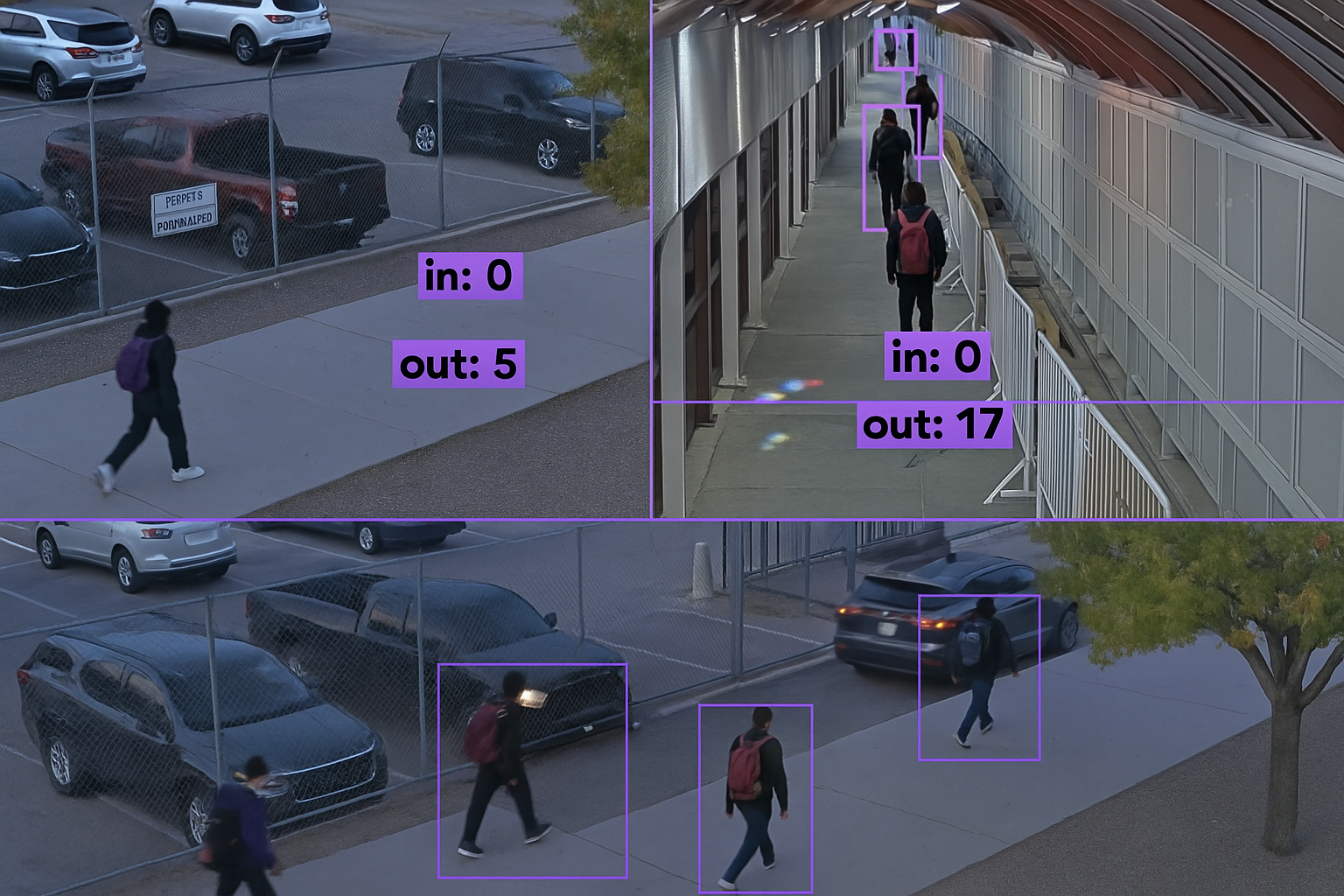
Pedestrian Border Mobility and AI-Based Volume Estimation
To address the lack of pedestrian data at border crossings, CIITR developed and validated an AI-driven system to estimate pedestrian volumes and wait times. Using video analytics and sensor fusion, the system provides highly accurate, real-time counts—supporting planning for infrastructure, safety, and traveler experience improvements at high-volume pedestrian ports of entry like the Zaragosa Bridge.
The Team
Multi-Resolution
Modeling

Jeff Shelton
Senior Research Scientist
Division Head
(915) 521-8106
[email protected]
Research and Implementation – El Paso

Swapnil Samant
Research Scientist
Program Manager
(915) 521-8105
[email protected]
Center for International Intelligent Transportation Research

Rafael aldrete
Associate Agency Director
Center Director
(915) 521-8101
[email protected]

